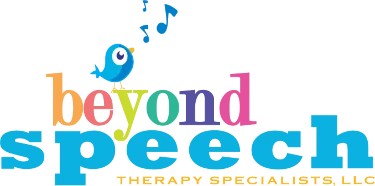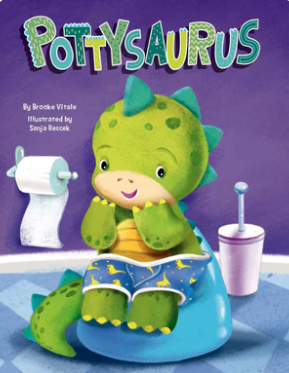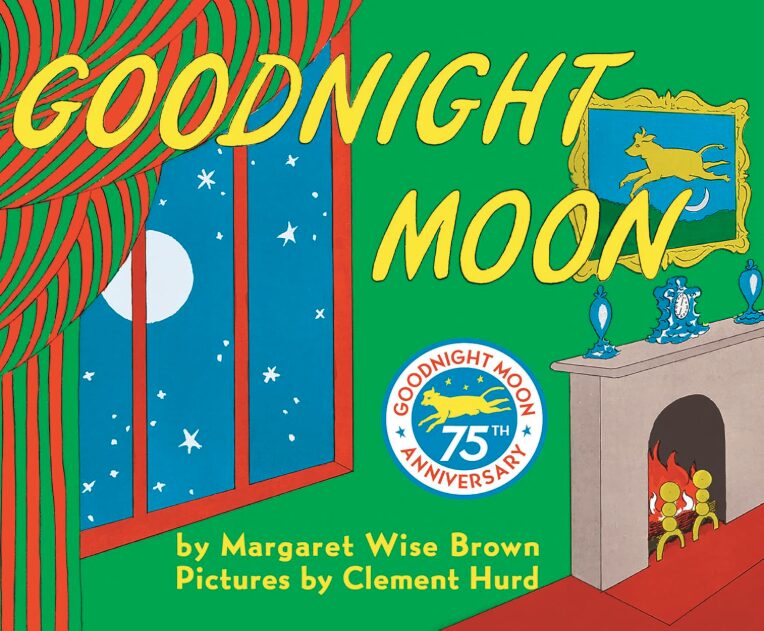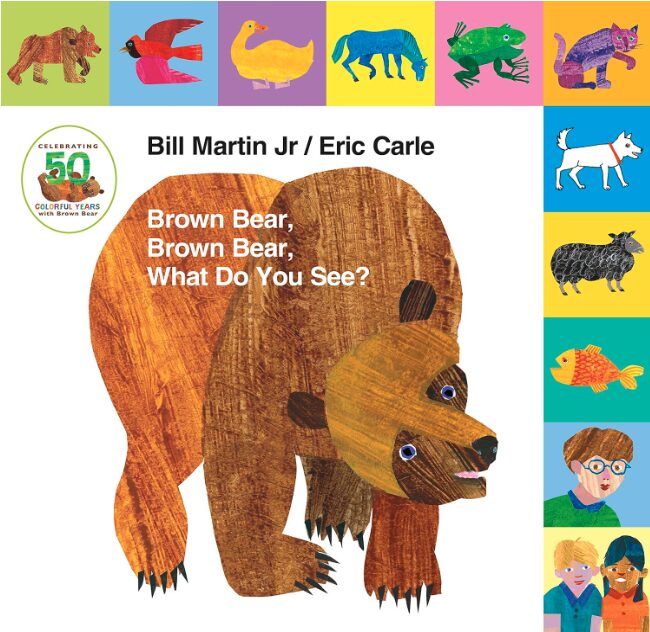Did you know that reading aloud to your infant or toddler is one of the most powerful ways you can support early language and speech development?
Even before our kids can speak in full sentences, hearing words, listening to rhythm and repetition, and interacting with simple books helps build the foundation for communication skills that will last a lifetime.
Early reading introduces children to new vocabulary, helps them recognize patterns in spoken language, and encourages social interaction. And when you sit down to read a book together, you’re building strong bonds with your child!
The best books for this age group are ones that are engaging. For infants and toddlers this means books that are visually stimulating and are written in a way that encourages participation.
- Books with repetition, rhythm, and predictable text give children lots of opportunities to hear, process, and eventually try saying new words and phrases.
- Interactive reading – where you point to pictures, pause for responses, or ask simple questions – turns a simple storytime into a wonderful speech-learning activity!
We’re sharing our three of our favorite books for infants and toddlers that are not only fun to read but also particularly effective in supporting speech and language development:
Little Hippo Books, Goodnight Moon, and Brown Bear, Brown Bear, What Do You See?
Each of these books and book series, provides fun and engaging ways to help your child practice listening, vocabulary, and communication skills.
How Does Reading Support Speech Development?
- Repetition Builds Familiarity
Books with repeated words, phrases, or rhymes allow young kids, especially toddlers, to anticipate and join in. This reinforces early speech sounds. - Visual Cues Support Word Learning
Pointing to pictures in books and naming objects helps children connect words to what they see, strengthening everyday vocabulary. - Interactive Reading Encourages Communication
Asking your child questions or letting them repeat phrases as you read teaches turn-taking and verbal engagement. - Rhythm and Sound Patterns Enhance Phonemic Awareness
Books with rhyming or rhythmic text help children notice the sounds in words, which is essential for later reading and speech development. - Consistency Matters
Regular daily reading, even for a few minutes at a time, provides enough exposure to language and supports steady speech growth. - Fun and Bonding
Making reading time fun encourages kids to participate and creates positive associations with communication and learning.
Our 3 Favorite Books for Infants & Toddlers
1. Little Hippo Books
Little Hippo Books specializes in children’s books for ages 0–5. They offer a huge range of books and toys that are engaging, educational, and so fun!
You can find a variety of book formats – board books, touch-and-feel books, sound books – all designed to engage young readers and support early developmental milestones.
Why It’s Great for Speech Development:
- Interactive Features
Many Little Hippo Books incorporate tactile elements, sounds, and flaps, encouraging children to engage actively with the story. This interaction not only makes reading more enjoyable but also promotes sensory exploration and fine motor skills. - Repetition and Predictability
Books like Hippo-Potty Mess and Zig Zag Zebra use repetitive phrases and patterns, which are beneficial for language acquisition. Repetition helps toddlers anticipate words and phrases, reinforcing their understanding and use of language. - Developmental Themes
The various book series and products cover a range of themes, including emotions, daily routines, and animal behaviors, providing opportunities to introduce new vocab and concepts in a way children can understand and relate to.
Tips for Parents:
- Encourage your child to touch the textures, press sound buttons, or lift flaps as you read. This kind of participation supports cognitive and language development.
- After reading, talk about the story with your child. Ask questions like, “What do you think happens next?” or “Can you find the red animal?” to promote critical thinking and more language use.
- Relate the themes and stories from the books to your child’s daily life. For example, after reading a book about animals, talk about a time you saw some of the animals in the book at your local zoo.
2. Goodnight Moon by Margaret Wise Brown
Goodnight Moon is a timeless classic, and for good reason! Its rhythmic, calming text paired with simple illustrations makes it perfect for bedtime reading, but it’s also a wonderful tool for language development.
Why It’s Great for Speech Development:
- Predictable, Repetitive Text
The soothing, repetitive phrases help toddlers anticipate words, which is essential for building early speech patterns. - Rhythm & Rhyme Increase Phonemic Awareness
The gentle cadence of the book allows children to listen to the sounds in the words, an important skill for later speech and reading. - Engagement Through Observation
The illustrations provide opportunities to point to and name objects, talk about their own bedtime routine and ask questions about what they are seeing in the illustrations.
Tips for Parents:
- Encourage your child to “fill in the blanks” with repeated phrases like “Goodnight room, goodnight moon.”
- Point to items in the illustrations and name them to build vocabulary.
- Make reading a soothing interactive ritual at bedtime to create a positive connection to language.
3. Brown Bear, Brown Bear, What Do You See? by Bill Martin Jr. and Eric Carle
Brown Bear, Brown Bear, What Do You See? is a colorful, patterned board book that introduces children to animals and colors using simple, predictable text. The repetitive structure makes it easy for young children to participate in reading.
Why It’s Great for Speech Development:
- Predictable Text Encourages Participation
The repeating pattern helps children anticipate the next words, supporting early word recognition and vocalization. - Supports Vocabulary Development
Each page pairs animals with colors, allowing toddlers to learn new words in context. - Interactive Format Promotes Turn-Taking
Children can “read along” by repeating animal names and colors, building social communication skills as well.
Tips for Parents:
- Ask your child “What do you see?” to encourage verbal responses even if they aren’t speaking yet.
- Pause to let your child name animals and colors before reading the text aloud.
- Encourage prediction skills: “Which animal comes next?”
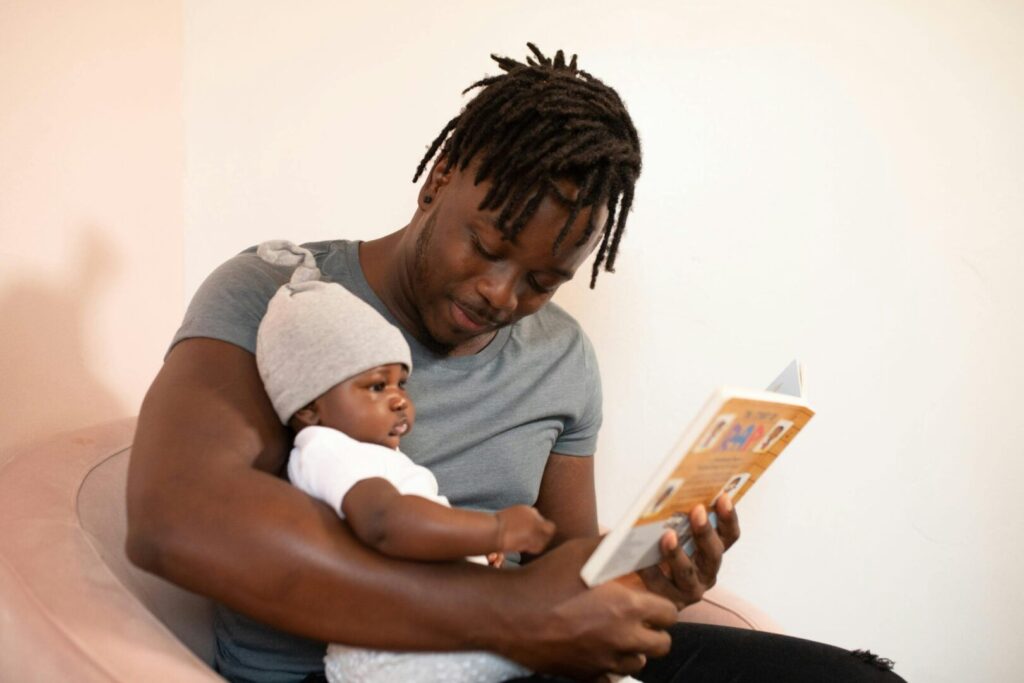
Reading to your infant or toddler is one of the most powerful ways to support early speech and language development.
We will always recommend these three books – books like Little Hippo, Goodnight Moon, and Brown Bear, Brown Bear, What Do You See? – because they are wonderful for repetition, rhythm, and interactive reading and speech opportunities!
Remember that even short, daily reading sessions can make a big difference! Point to pictures, repeat words together, and ask questions and you’ll be building a strong foundation for speech and language growth.
If you’re looking for any support or more information about speech and language development, the team at Beyond Speech Therapy Specialists is here to help!
We provide private, in-home therapy and guidance tailored to your child’s needs. Reach out to us today!
